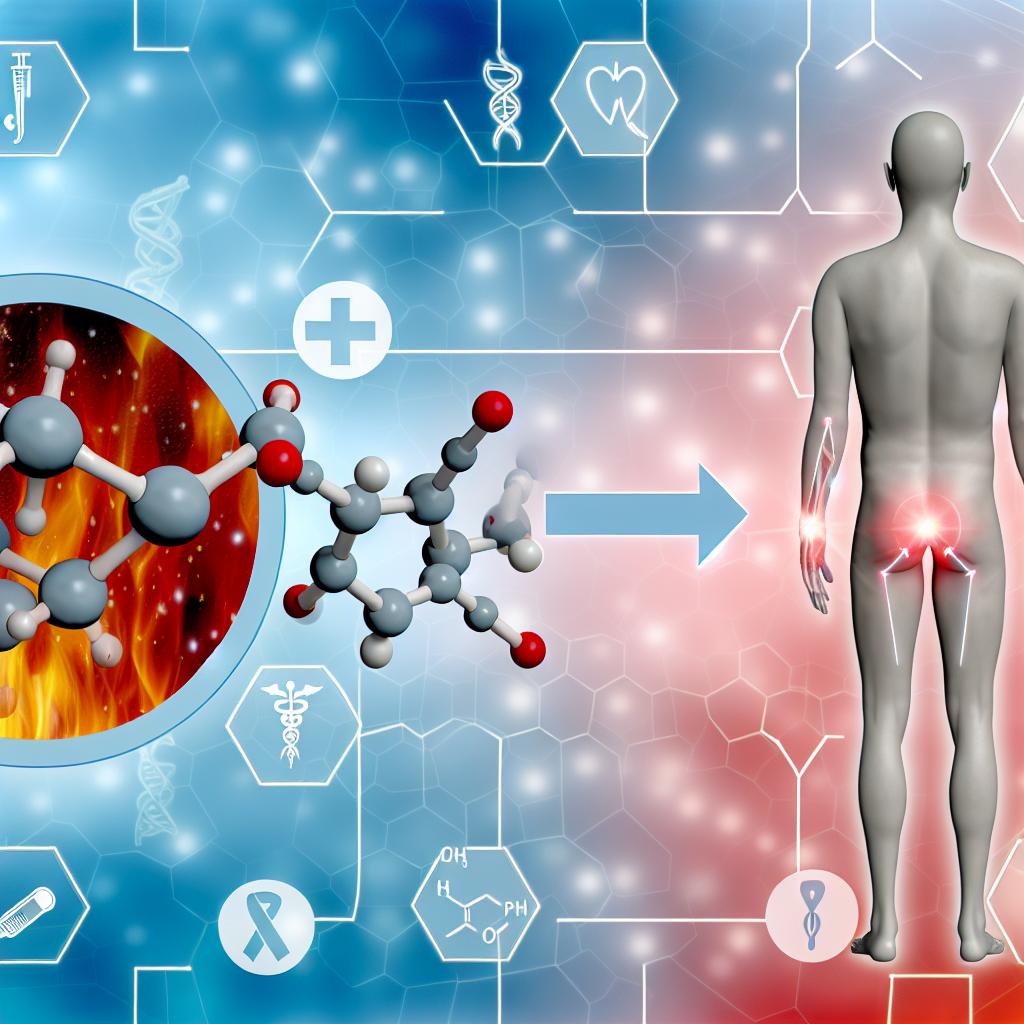
The role of corticosteroids in treating inflammation.
The Role of Corticosteroids in Treating Inflammation
Corticosteroids, a class of steroid hormones, play a significant role in contemporary medicine by effectively reducing inflammation across a myriad of medical conditions. As a cornerstone in the management of both inflammatory and autoimmune disorders, they work by modulating the immune system, thereby addressing the primary cause of inflammation, which is excessive immune activation.
Mechanism of Action
Corticosteroids exhibit their therapeutic effects by simulating the functions of naturally occurring hormones produced in the adrenal glands. These glands reside atop each kidney and are responsible for releasing hormones essential for numerous bodily functions. In cases of inflammation, triggered by the immune system’s response to various stimuli, corticosteroids intervene by inhibiting the production of chemicals that promote the inflammatory process. By doing so, corticosteroids alleviate symptoms such as swelling, redness, and pain, enhancing patient comfort and improving quality of life.
Conditions Treated with Corticosteroids
The unique properties of corticosteroids make them an invaluable tool in treating diverse conditions:
Asthma: A condition characterized by inflamed airways, resulting in breathing difficulties. Corticosteroids help by reducing airway inflammation, thereby easing respiratory symptoms and improving airflow.
Rheumatoid Arthritis: An autoimmune disease causing joint inflammation and pain. Corticosteroids help control these symptoms, enhancing mobility and comfort for affected individuals.
Allergic Reactions: When the body mounts an exaggerated response to allergens, corticosteroids can reduce this reaction, alleviating symptoms like itching and swelling.
Inflammatory Bowel Disease (IBD): Conditions such as Crohn’s disease and ulcerative colitis cause inflammation of the digestive tract. Corticosteroids target this inflammation, helping to manage symptoms and prevent flare-ups.
Forms of Administration
Corticosteroids are versatile, available in various forms to suit different medical needs and patient preferences:
– Oral Tablets: These are commonly prescribed for systemic conditions requiring widespread anti-inflammatory effects, such as rheumatoid arthritis.
– Injections: Administered for immediate and direct relief, often used in joint inflammation or other acute conditions.
– Inhalers: A go-to option for respiratory conditions like asthma, where medication needs to be delivered directly to the lungs.
– Topical Creams: Applied to the skin, these are effective for treating localized skin conditions, reducing swelling and irritation on the surface.
These administration methods offer flexibility, allowing the treatment to be tailored to individual requirements and the nature of the health issue being addressed.
Potential Side Effects
While corticosteroids provide significant relief from inflammation, their long-term usage poses certain risks due to potential side effects. These include:
Weight Gain: A common side effect attributable to both fluid retention and increased appetite, often seen with prolonged treatment.
Osteoporosis: Long-term corticosteroid use can lead to decreased bone density, heightening the risk of fractures.
High Blood Pressure and Diabetes: Corticosteroids can affect the cardiovascular system and glucose metabolism, posing risks of elevated blood pressure and higher blood sugar levels.
Increased Risk of Infections: By suppressing the immune response, corticosteroids can make patients more susceptible to infections, requiring careful monitoring and preventive measures.
Given these potential risks, healthcare providers must consider both the benefits and drawbacks when prescribing corticosteroids. Dosages are often carefully calculated and tapered gradually to minimize side effects, and alternative treatments may be considered if risks outweigh potential benefits.
Conclusion
Corticosteroids remain a mainstay in the treatment of inflammation, offering significant relief and improving quality of life for patients with a variety of conditions. Their ability to suppress unwanted immune responses lies at the core of their therapeutic efficacy. However, their use requires careful consideration and management by healthcare professionals to ensure that the potential benefits surpass the risks associated with side effects. Patients and providers must work collaboratively to optimize treatment plans tailored to individual needs, balancing effective symptom management with overall health preservation. For comprehensive information regarding the use of corticosteroids, consult reputable medical resources like the Mayo Clinic for expert guidance and insights into their application in medical practice.
